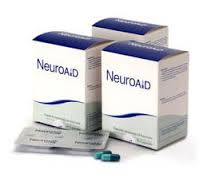After a stroke, neurons die leaving stroke survivors with devastating disabilities. The brain can repair itself, but the recovery is not always complete. NeuroAiD enhances the brain’s own recovery.
A stroke is a devastating disease
A stroke, brain attack, or a Cerebrovascular Accident (CVA), is the sudden death of brain cells caused by a lack of supply in oxygen to the brain. There are two main types of stroke:
- Ischemic strokes or cerebral infarcts (80% of strokes) result from a blockage or a reduction of blood flow in an artery that irrigates the brain. They are caused either by a blood clot (thrombus) which blocks the blood vessel or by the buildup of plaque (often due to cholesterol) within the arteries which narrows vessels resulting in a loss of blood flow.
- Haemorrhagic strokes are due to the rupture of an artery within the brain triggering an intracerebral haemorrhage (15% of strokes) or to the rupture of an aneurysm (arteriovenous malformation) entailing subarachnoid haemorrhage (5% of strokes).

Stroke management is done in two steps, first in emergency by hospital team, then in chronic phase by rehabilitation team, but the recovery is not complete for many patients.
6 months after a stroke, out of 100 stroke survivors…/
Watch this video to learn about stroke
The brain can repair itself but it is often partial and within a limited time
NeuroAiD can reinforce this natural phenomenon by stimulating neuroplasticity and has shown positive effects on independence and motor recovery, giving also patients a higher chance to benefit of this improvement by reducing the risk of recurrent cardiovascular events.

